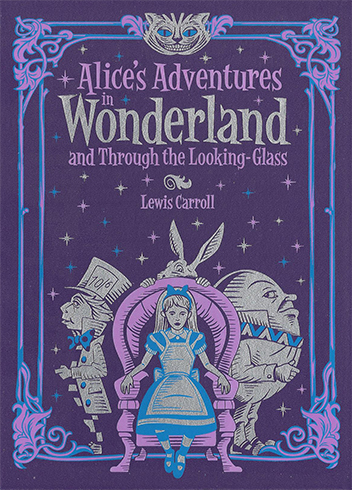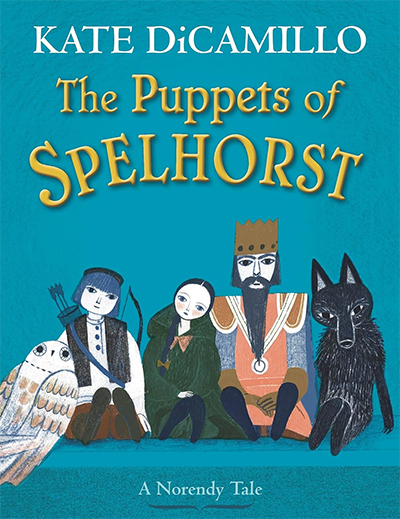
Alice's Adventures in Wonderland/Through the Looking Glass (Lewis Carroll)

These are inferior versions of The Phantom Tollbooth. A kid enters nonsensical world full of wacky characters, going through set pieces and solving little riddles, but at least Milo grew as a character and achieved something by the end of The Phantom Tollbooth. Both of these books end with Alice waking up around the time Carroll gets tired of writing them.
Rating: 


Witchy Whiskers (Danielle Garrett)

It's not a bad setup with a young woman who runs a magic candle shop and recently inherited her aunt's cranky cat familiar, but the book sprains its ankle at the starting line by being set in a parallel version of the modern day where Star Wars movies exist alongside magic. So I'd be just starting to get into it, even envisioning it as a Studio Ghibli film when a pop culture reference would throw me out like a surly bouncer.
The story itself is a combination murder mystery and romance, when Cora meets a totally hot customer who's shortly accused of murdering his brother, and then her ex-husband suddenly shows up to make things worse. But hey, no raunchy sex scenes for anyone not into those. And at least the ex seems like a decent guy, he and Cora just weren't right for each other. But even the murder mystery crumbles at the end when the murderer's confession plays out like something from a children's cartoon.
Rating: 

The Puppets of Spelhorst (Written by Kate DiCamillo, Illustrated by Julie Morstad)

The message of Puppets of Spelhorst is that our life experiences define our personality, and the more we travel and the more we take in, the more we grow as a person.
The protagonists are a set of puppets that have been sitting in a store window since they were created, and at first they only have one trait each: the wolf won't shut up about her teeth, the king won't shut up about how he's a king, and so on. But then the puppets travel, get stolen by birds and foxes, and each go on their own little adventures to share with each other when they're reunited. How the puppets are reunited feels a bit rushed but hey, kid's book and all.
It's also a cautionary tale on not letting your desires for adventure overtake your life, as revealed when the story of the puppets and that of the old sea captain that originally bought them, the titular Spelhorst, come together. Life is like soil and adventure is seeds, the former is barren without the latter but the latter needs the grounding of the former to amount to anything.
Rating: 



Arkham Asylum (Written by Grant Morrison, Illustrated by Dave McKean)

Another example of Grant Morrison's ability to come up with killer ideas and struggle to figure out what to actually do with them.
As you've probably guessed from the Grant Morrison/Deltarune project, while I like some of the ideas this book is playing with, ultimately I just didn't get it. Maybe my shock at the book's abrupt ending came from not knowing half its 220-ish page count was production notes, but I'm still not sure what was achieved at the end. And most of the time Dave McKean's artwork is delightfully surreal, but sometimes it's just obnoxious.
Pointless trivia time: Multiple sources cite Arkham Asylum as the best-selling original graphic novel of all time (maybe everyone having to repurchase it when all the pages fell out of their first copy helped the sales). When I read that I thought "How could this have outsold Watchmen?" Well, Watchmen doesn't count because it was originally released as individual issues, so it's technically a trade.
Rating: 

